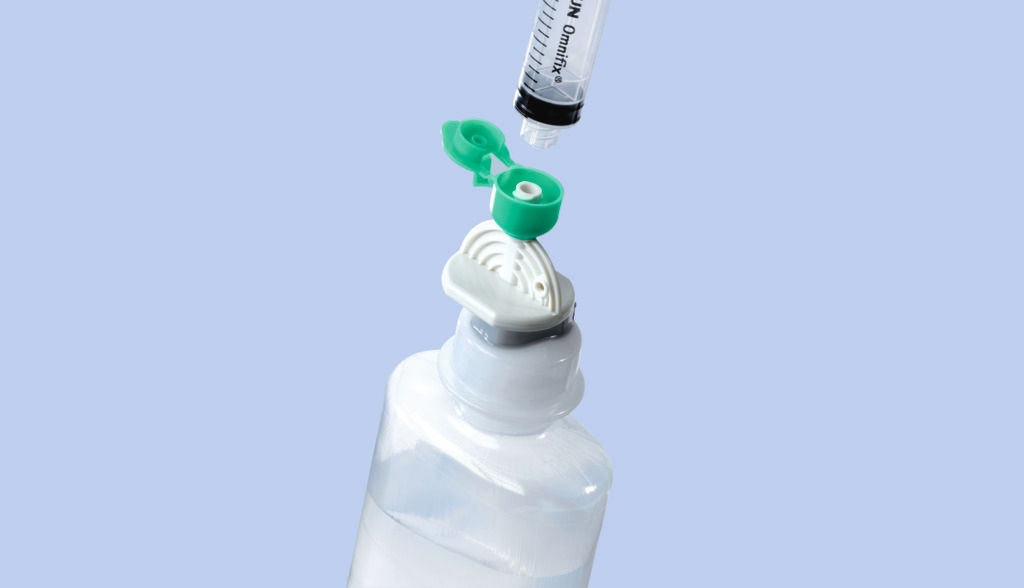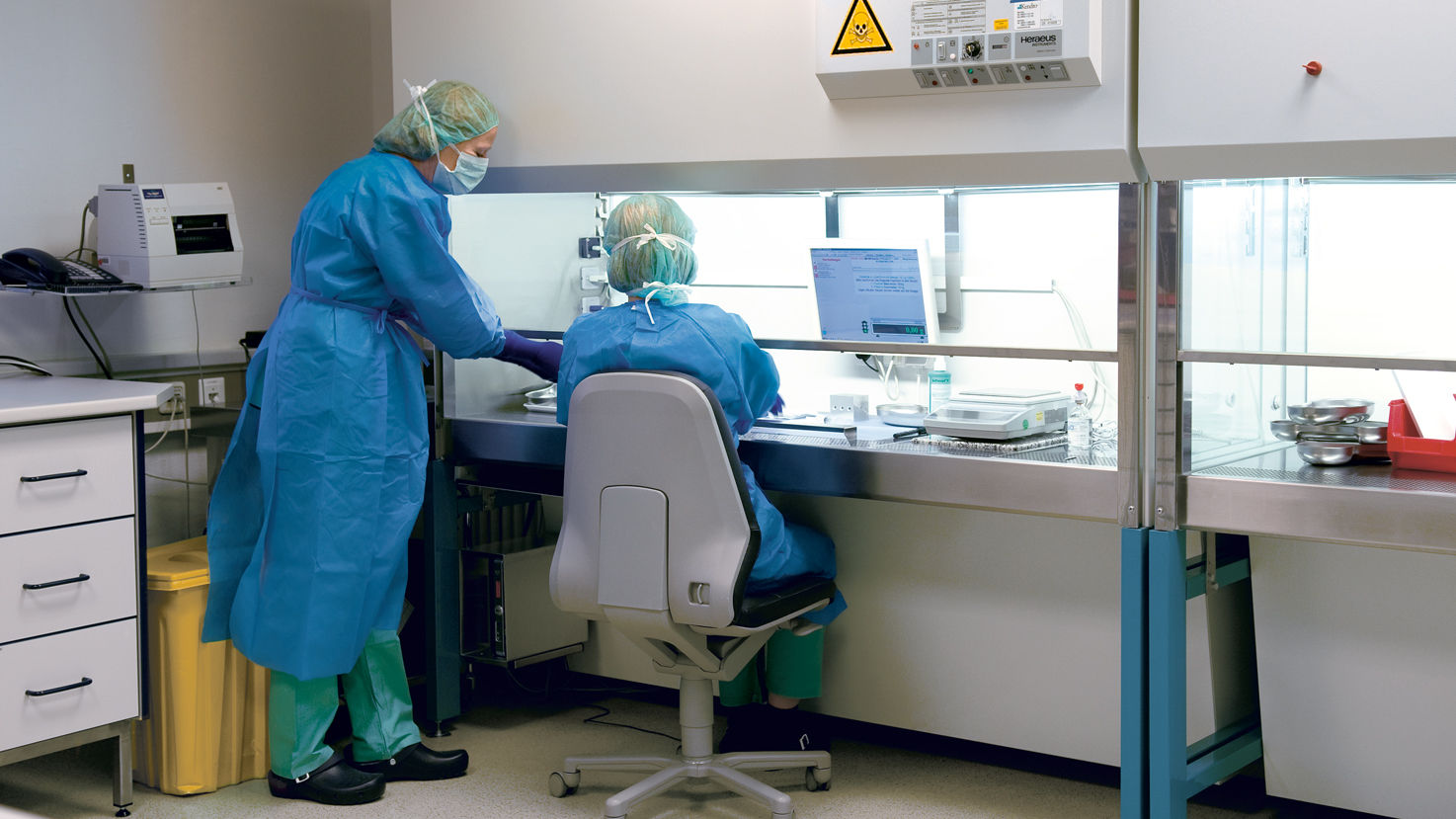No content results match your keyword.
Content
You have successfully logged out.
Oncology
Cancer is a complex diagnosis that poses exceptional challenges for patients and medical staff and involves interdisciplinary teams. For oncologists, nurses and pharmacists, cancer treatment has a different focus, but all are committed to improving their patients’ quality of life. By continuously developing smart, innovative solutions and services that simplify and standardize procedures, we contribute to safer therapies. We focus on patients’ needs and involve them into their treatments while protecting health.
The content of this webpage is exclusively reserved for registered medical practitioner. Click "Confirm" to verify you are a registered medical practitioner.
Confirm Yes, I am a health care professional. Cancel No, I am not a health care professional.
As not all drugs are available in Ready To Use (RTU) formulations, drugs often need to be reconstituted, admixed or diluted. These processes, in the absence of robotics, need to be done manually. Manual drug compounding, when it comes to hazardous drugs has its own share of risks for healthcare workers. These risks could result from spillages, or from the inhalation of aerosols.
Administering chemotherapy does not come without risks. B. Braun is committed to delivering a safer work environment.1 Our solutions for drug application in oncology are developed to help protecting healthcare workers and patients from contamination with cytostatic agents.


Optimizing workflows and using closed-system devices can avoid exposure to hazardous drugs thus contributing to the health and safety of all healthcare workers dealing daily with cytotoxics.
The clinical consequences of malnutrition in cancer patients can be higher infection rates, more frequent interruptions of treatment, lower quality of life and longer hospital stays.3
Early diagnostics and treatment of malnutrition in cancer patients can lead to improved health-related quality of life.4

1. Application study: Conventional infusion devices versus closed system (Cyto-Set®) – risk-reduced and effective preparation and application of chemotherapy. L. Gubelt (KEM I Evang. Kliniken Essen-Mitte gGmbH).
2. ONCOSAFETY REMOTE CONTROL®: PATIENT SAFETY AND TREATMENT TRACEABILITY Callado Fortes, S.; Madrid Garzón, D.; Crespo García, I.; Sánchez Molano, M. B.; Martínez García, I.; Lejarcegui Urquiza, U.; Olea Etxebarrieta, L.; Meskaoui Samir, W.; Guinea Vitorica, O.; Espina.
Grisaleña, M. B.; Sánchez Tremiño, P.; Barayazarra Echaniz, M.; Echevarria San Martín, S.; Onaindia Arrizabalaga, G.; Montero Matia, R.; Teijeiro Pulido, M. J. Day Hospital - Hospital Galdakao-Usansolo | OSI Barrualde-Galdakao (OSAKIDETZA).
3. Santarpia, Lidia, Franco Contaldo, and Fabrizio Pasanisi. Nutritional screening and early treatment of malnutrition in cancer patients. Journal of cachexia, sarcopenia and muscle 2.1 (2011): 27-35.
4. Trabal, Joan, et al. Potential usefulness of an EPA-enriched nutritional supplement on chemotherapy tolerability in cancer patients without overt malnutrition. Nutricion hospitalaria 25.5 (2010): 736-740.
5. Beirer, A. Malnutrition and cancer, diagnosis and treatment. memo 14, 168-173 (2021).